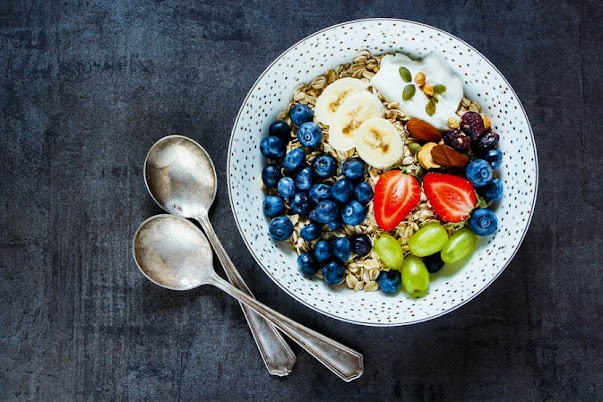(( is a mix of traditional and modern approaches ))
Here’s a guide to help you navigate the dating landscape in Bangalore. # How and Where to Find Girls to Date in Bangalore # 1. **Online Dating Apps and Websites** **Tinder:** One of the most popular dating apps worldwide, Tinder is widely used in Bangalore. It allows you to swipe through profiles and match with people with similar interests. **Bumble:** Similar to Tinder, but with a twist – women make the first move. This can lead to more meaningful relationships. **OKCupid:** Known for its detailed profile and compatibility questions, OKCupid can help you find someone who shares your interests and values. *Hinge:** Designed to be deleted, Hinge focuses on building serious relationships by connecting users through similar interests and friends. # 2. **Social Events and Meetups** **Meetup.com:** This platform is great for finding groups with similar interests. Bangalore has meetups for everything from tech enthusiasts to book clubs and adventure sports. *Speed Dating Events:** Organised by various event companies and bars, these events give you the chance to meet multiple potential dates in a single evening. *Social Clubs:** Joining social clubs like the Bangalore Club or Sports Club can also be a great way to meet new people. # 3. **Cafes and Restaurants** *Trendy Cafes:** Bangalore's vibrant cafe culture offers many opportunities to meet people. Cafes like The Hole in the Wall, Third Wave Coffee Roasters and Matteo's Coffee are popular spots.
(( *Restaurants with social events:* ))
Some restaurants hold special events like open mic nights, trivia nights or singles nights, which can be great for meeting new people. 4. **Nightlife** *Pubs and bars:** Places like Toit, Arbor Brewing Company and Sky are popular hangout spots. They often have live music, themed nights and a lively crowd. *Nightclubs:** For those who like to dance, clubs like XU, Sutra and Loft 38 are great places to meet people. # 5. **Hobbies and interests** **Workshops and classes:** Enroll in workshops or classes that interest you. Whether it's cooking, pottery, dance or fitness, these settings provide a natural way to meet people with similar interests. **Sports and outdoor activities:** Join sports leagues, hiking groups, or cycling clubs. Activities like these not only help you stay fit, but also provide a relaxed atmosphere for making friends and a potential date. # 6. **Community and cultural events** *Cultural festivals:** Bangalore hosts various cultural festivals, such as the Bangalore Literature Festival, the Ranga Shankara Theatre Festival, and music festivals. These events are perfect for meeting people who have the same cultural interests as you. *Volunteer work:** Volunteering for causes you care is about can connect you with like-minded individuals. Organizations like Make a Difference (MAD) and The Ugly Indian offer volunteer opportunities. # 7. **Academic Institutions and Workplaces** *Universities and Colleges:** If you are a student or involved in academic circles, universities and colleges can be a great place to meet new people. *Professional Networking:** Networking events and professional groups can also be places to meet potential dates. Be mindful of workplace policies and dynamics if you are considering dating a colleague.
(( # Tips for Successful Dating in Bangalore ))
1. **Be Respectful and Honest:** Whether online or offline, approach dating with respect and honesty. True relationships are built on mutual respect and shared values. 2. **Safety First:** Always prioritize your own safety. Meet in public places for initial dates and let a friend or family member know of your plans. 3. **Take Your Time:** Don’t rush the process. Take time to get to know the person and build a connection before getting into a serious relationship. 4. **Be open-minded:** Be open to meeting different kinds of people. Sometimes, relationships happen with people we least expect. By exploring these avenues and following these tips, you can increase your chances of finding a meaningful relationship in Bangalore. Happy dating!



.jfif)


.jfif)


.png)
.jpg)
.jpg)
.jpg)












.jfif)




.jfif)

